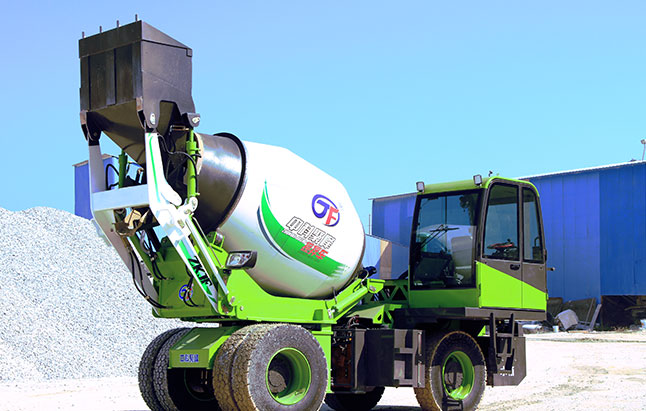全自動上料攪拌車在使用之前為了確保正常的運行過程,需要對設(shè)備提前做一定檢查工作的。那么接下來就讓我們一起了解一下當(dāng)設(shè)備在運行之前有哪些問題是需要我們檢查了解的。
In order to ensure the normal operation process of the full-automatic feeding mixer, it is necessary to check the equipment in advance. So let's learn what problems we need to check and understand before the equipment is running.
1、蓄電池的保養(yǎng)檢查:檢查蓄電池固定是否牢固。
1. Battery maintenance inspection: check whether the battery is fixed firmly.
2、輪胎的檢查:每月應(yīng)在常溫下檢查一下輪胎氣壓。
2. Tire inspection: check the tire pressure at room temperature every month.
3、離合器總泵液面的檢查:離合器液面介于高、低液面間則表示正常,如果低于標(biāo)準(zhǔn)線,則可能是總泵或分泵皮碗損壞。
3. Inspection of clutch master cylinder liquid level: if the clutch liquid level is between high and low, it means that it is normal. If it is lower than the standard line, it may be that the master cylinder or the cylinder cup is damaged.

4、制動液面的檢查:制動也在高、低位之間則表示正常。
4. Check the brake fluid level: if the brake is between high and low, it means normal.
5、發(fā)動機冷卻液液面檢查:發(fā)動機在熱機狀態(tài)時,千萬不要打開散熱器蓋,否則可能會被濺出的冷卻液或高溫蒸氣燙傷。等發(fā)動機冷卻后,檢查冷卻液的液面應(yīng)處于滿位和低位之間,否則應(yīng)加蒸餾水或純凈水或冷凍液,加水后的液面高度不能超過滿位。如發(fā)現(xiàn)短時間內(nèi)冷卻液減少的很快攪拌,全自動上料攪拌車檢查步驟應(yīng)檢查冷卻系統(tǒng)是否有泄漏或到維修站去檢查。
5. Check the engine coolant level: when the engine is in hot state, do not open the radiator cap, otherwise it may be scalded by the splashed coolant or high temperature steam. After the engine cools down, check that the coolant level should be between the full level and the low level. Otherwise, distilled water or pure water or refrigerant should be added. The liquid level after adding water should not exceed the full level. If it is found that the coolant decreases rapidly in a short period of time, the full-automatic feeding mixer should check whether there is leakage in the cooling system or go to the maintenance station for inspection.
自動上料攪拌車操作環(huán)境通常都不是很好,這也導(dǎo)致需要我們對設(shè)備在操作之前有詳細(xì)的了解才行。在確保設(shè)備不存在有任何故障問題之后才能夠操作使用設(shè)備正常運行,避免在操作中可能存在的各種不良問題。
The operating environment of the automatic feeding mixer is usually not very good, which also leads to the need for us to have a detailed understanding of the equipment before operation. After ensuring that the equipment does not have any fault problems, it can be operated and used normally, so as to avoid all kinds of bad problems that may exist in the operation.



